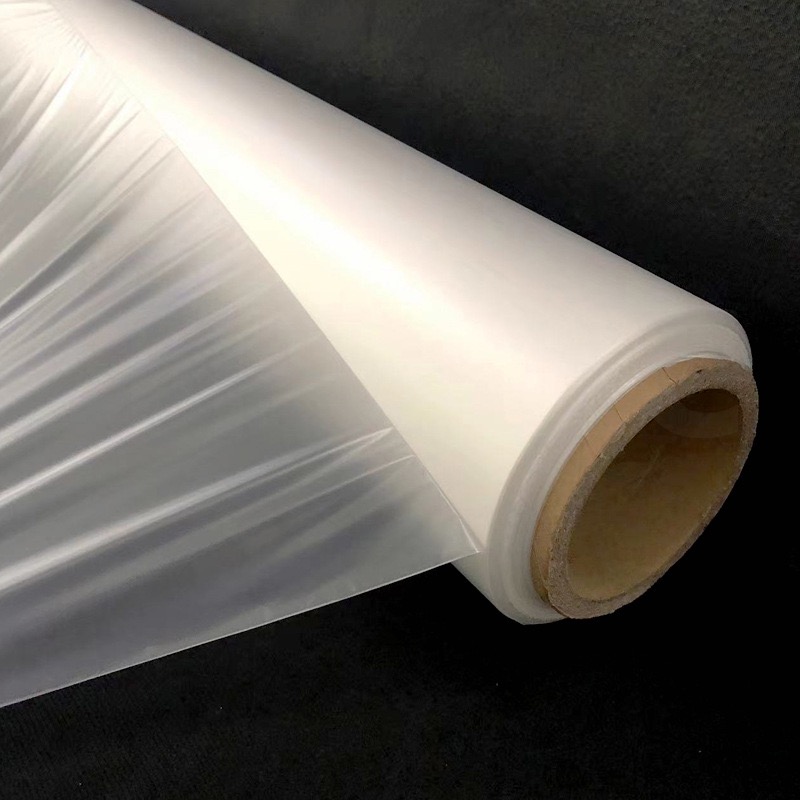Integrating TPEE Blackout Membrane into garment design is both a technical challenge and an opportunity for product innovation. Designers and manufacturers aiming to deliver functional outerwear or specialized gear need to consider not only the aesthetic aspects but also how the membrane’s unique properties interact with fabric structure, construction methods, and user performance expectations. The TPEE Blackout Membrane stands out for its breathability, waterproof performance, and multi-layer flexibility, which makes it ideal for use in a range of urban, outdoor, and performance wear.
When incorporating such membranes into apparel, seam sealing is often one of the first considerations. While the base fabric may perform exceptionally well, unsealed seams can quickly compromise overall waterproofing. Designers must therefore coordinate with production teams to ensure heat sealing tapes and bonding techniques are compatible with the TPEE membrane layer. This membrane's temperature resistance gives it excellent adaptability for thermal lamination processes without warping or losing mechanical strength, especially when used in jackets or high-mobility garments.
Panel orientation also plays a critical role. To maximize the performance of a TPEE Blackout Membrane in activewear, the fabric panels should be cut in ways that support body movement while maintaining the membrane’s breathability zones. This is particularly important for garments designed for extreme weather or prolonged activity, where moisture vapor permeability ratings above 50,000g/m²/24h make a measurable difference in wearer comfort. Designers familiar with airflow mapping and ergonomic seam placement will get the most out of this advanced material.

Another key factor is post-processing. Some decorative or branding elements—such as screen printing or transfers—can interfere with the functional layers if not applied properly. It’s advisable to test these finishes in combination with the TPEE membrane structure to prevent blocking the micropores that enable breathability. Choosing processing methods that respect the membrane’s technical requirements is a sign of manufacturing maturity and directly impacts product quality.
From a user perspective, the TPEE Blackout Membrane offers a soft hand feel and excellent drape when properly bonded, making it not just a functional layer but one that enhances overall garment aesthetics. This is a considerable advantage for designers working in urban sportswear or lifestyle gear markets, where performance must be balanced with comfort and visual appeal. By carefully aligning textile selection, bonding techniques, and cut patterns, it’s possible to preserve this balance even in multi-layer garments.
Moreover, the versatility of the TPEE Blackout Membrane in both mono- and bi-component constructions gives designers flexibility in adapting it to lightweight or heavy-duty applications. Whether the final product is a breathable shell for fast hikers or a blackout-lined coat for cyclists in wet cities, the material's high durability and ductility ensure a long-lasting structure that maintains its protective qualities even after repeated use.
Collaborating early with membrane suppliers like us allows manufacturers to optimize fabric pairings and production parameters for different end-use scenarios. As a dedicated manufacturer and exporter of TPEE-based films and membranes, we offer tailored solutions to meet specific garment needs, helping our partners reduce development time and ensure consistent quality across batches.
Ultimately, integrating TPEE Blackout Membrane into apparel design is not just about inserting a functional layer—it's about building a system where every element supports performance. With the right approach, this material can transform basic clothing concepts into high-functioning, reliable gear suited for today's demanding users.


 English
English CN
CN













